At Urbis, we pride ourselves on our thought leadership and our ability to undertake high impact, high value work that adds demonstrable value to your new community and greenfield projects.
Here, we highlight a few key observations and some new thinking, as a sample of the creative ideas our multi-disciplinary team have about the design of housing, parks, streets and open spaces, which may inspire you and add value to your next new communities project.
I’d like to download a copy of Shaping New Communities.


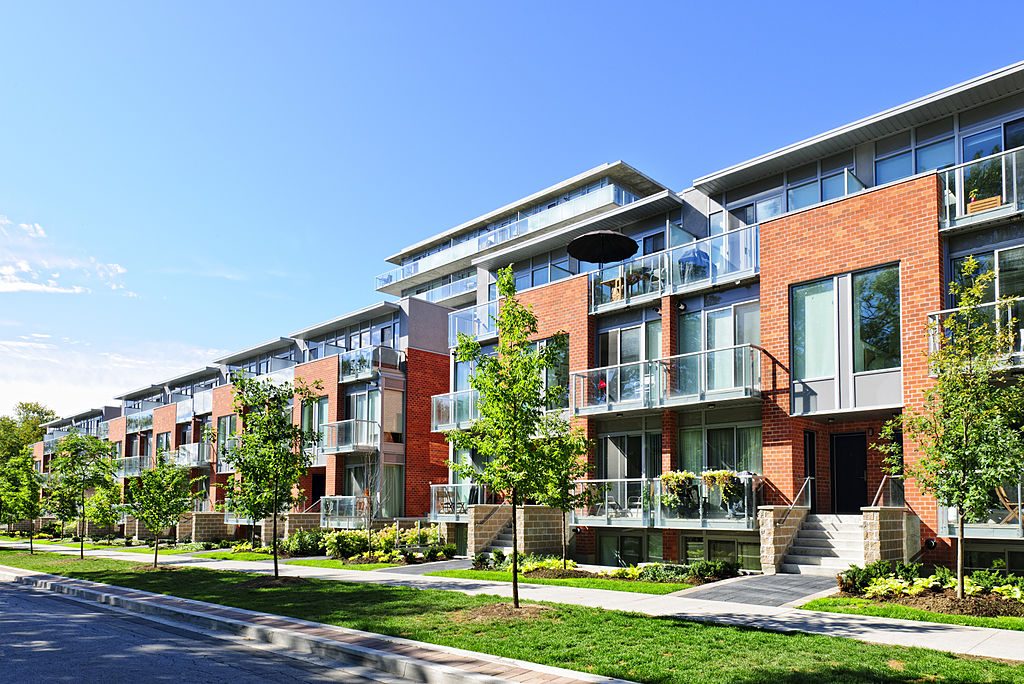
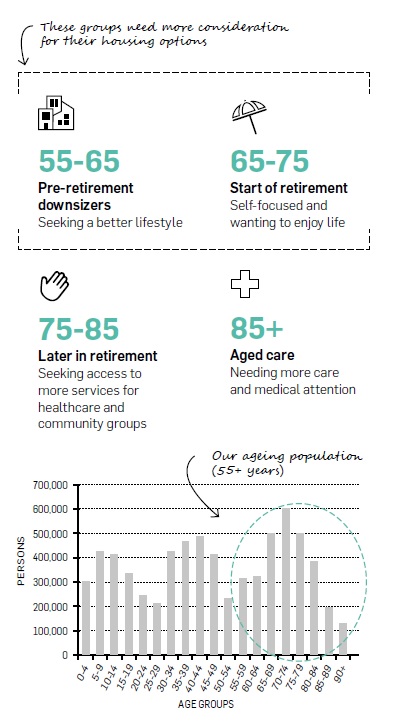
 With people living longer and having healthier, more active lifestyles, there is a need to offer ‘retirement’ living which is not necessarily a ‘retirement village’. People retire at 65 and are generally looking to downsize their homes, enjoy their retirement and newfound permanent ‘holiday’ lifestyles.
With people living longer and having healthier, more active lifestyles, there is a need to offer ‘retirement’ living which is not necessarily a ‘retirement village’. People retire at 65 and are generally looking to downsize their homes, enjoy their retirement and newfound permanent ‘holiday’ lifestyles.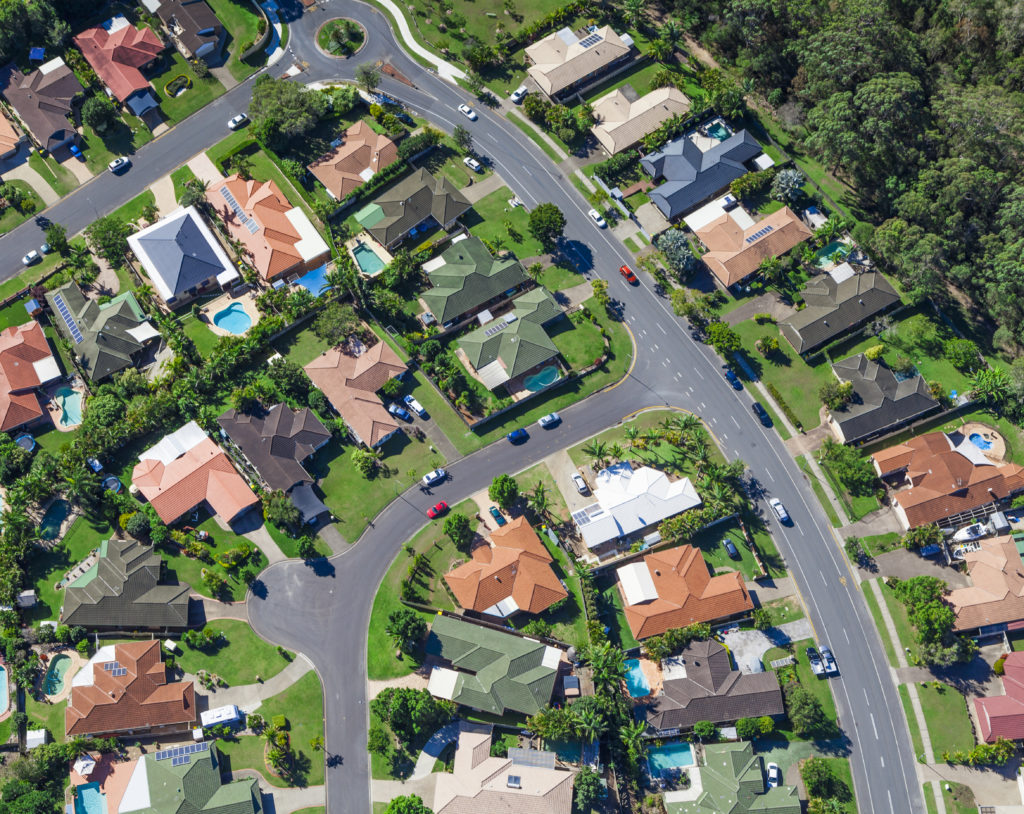 The location of lots, more specifically, if they are adjacent open space or have a view, has a great impact on their marketability, and therefore return. Aligning particular housing with the right amenity proposition is important.
The location of lots, more specifically, if they are adjacent open space or have a view, has a great impact on their marketability, and therefore return. Aligning particular housing with the right amenity proposition is important.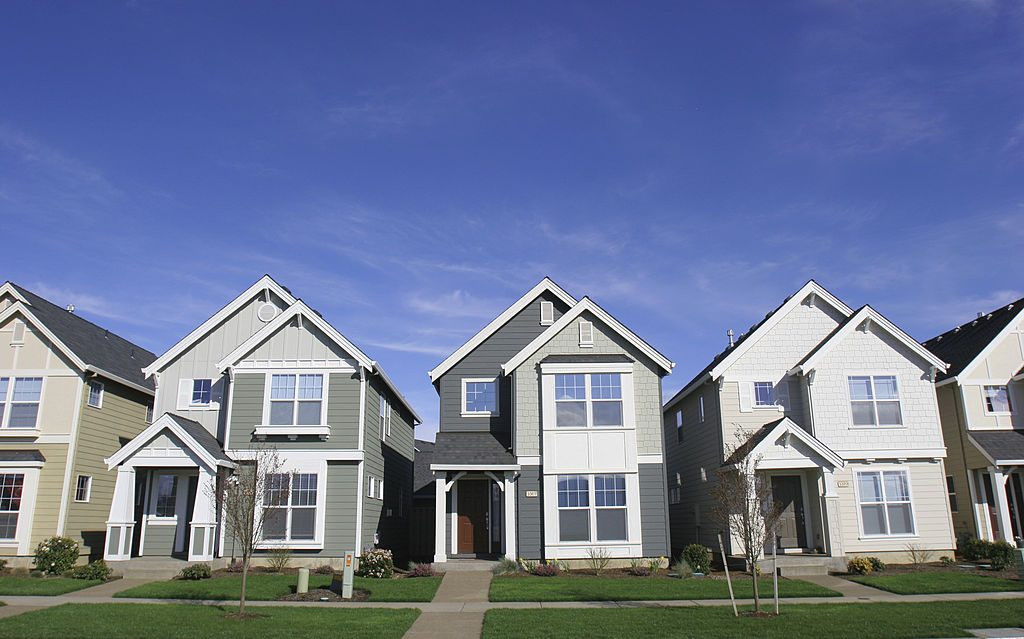 To create an integrated, holistic design approach, collaboration is needed between urban designers, engineers (traffic, civil, earthworks, acoustic), landscape architects, and architects.
To create an integrated, holistic design approach, collaboration is needed between urban designers, engineers (traffic, civil, earthworks, acoustic), landscape architects, and architects.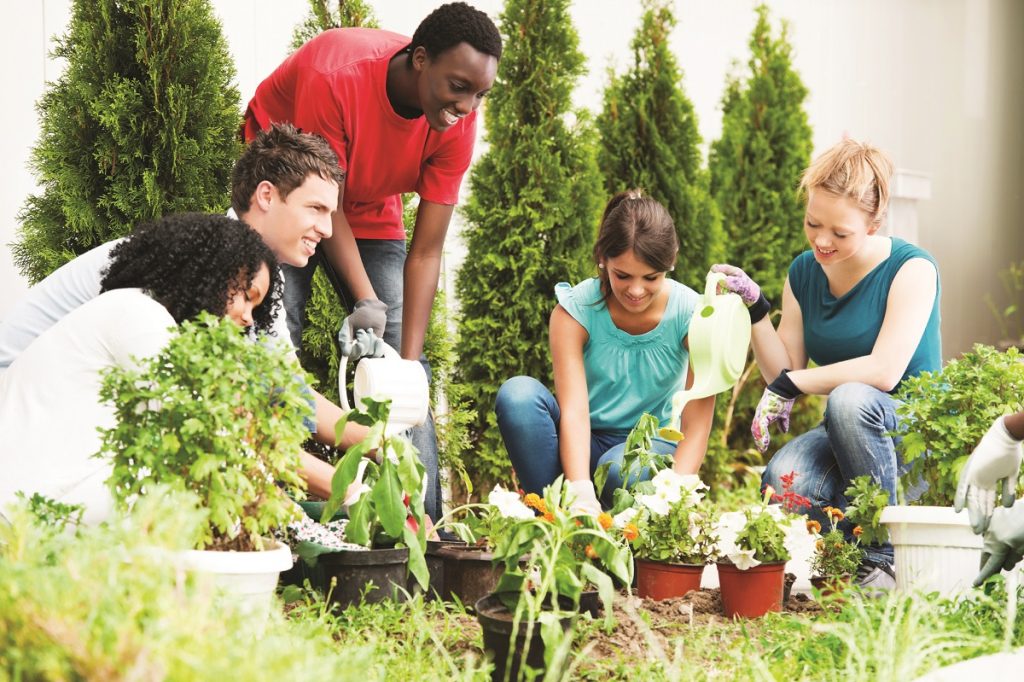 Australia is facing high levels of water, energy and food consumption in the near future, and it’s not looking very sustainable.
Australia is facing high levels of water, energy and food consumption in the near future, and it’s not looking very sustainable.